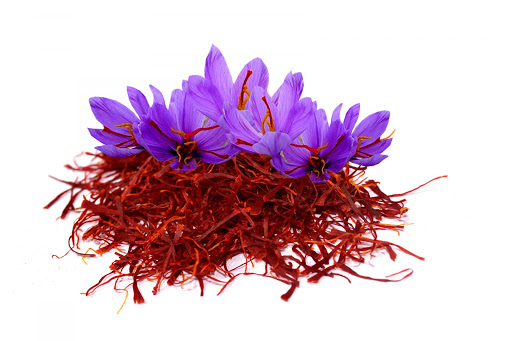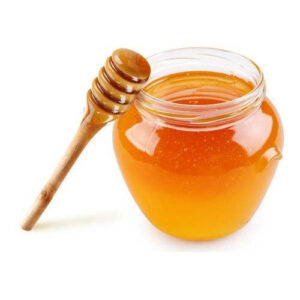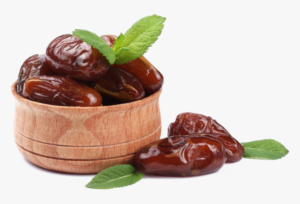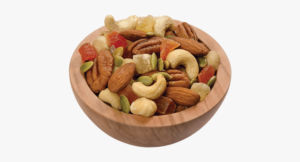Saffron is harvested from Crocus sativus, a flower better known as the “saffron crocus.” Each bloom from this crocus produces three yellow styles, each of which ends with a crimson-red stigma. The combination of golden style and crimson stigma constitute what we know as a saffron thread. These threads are plucked by hand and dried, resulting in a fragrant, beautiful spice that is prized the world over.
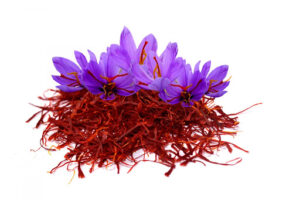
How to use Saffron?
Crush and soak the threads. The process of crushing and soaking saffron releases the maximum amount of flavor from the threads, so it’s strongly recommended. Take the saffron threads you intend to use for the recipe and crush them into a powder using a mortar and pestle. If you don’t have a mortar and pestle, you can crumble the threads in between your fingers. Steep the crushed saffron in warm water, stock, milk for 20 to 30 minutes. If there’s any liquid in your recipe, use a small amount of the specified liquid from the instructions. Add the saffron and soaking liquids directly to your recipe when called for
Types of Saffron:
To help you get started on the path to finding your own favorite, let’s take a look at the three types of saffron we proudly offer.
Iranian Saffron
In Iran, saffron is cultivated by professional growers, who don’t use chemical materials for cultivation. Sargol saffron has no synthetic pesticides, preservatives, food additives or colorings. Our Iranian saffron is Sargol grade. Sargol literally means “top of the flower,” which denotes the fact that it doesn’t contain any of the yellow style. It is made up entirely of the red stigma of the flower, which is where saffron gets most of its flavor and aroma. The result is the highest quality saffron available to the public.
Greek Saffron
Saffron from Greece is irreplaceable: musky, sweet, floral, bitter, and bolder than other saffron. The flavor is strikingly earthy, with notes of honey and violet. Greek saffron is generally earthier and a touch more bitter than other types of saffron, but the honey notes are much more intense.
How to Use Saffron
We know what you’re thinking. It’s great to know why saffron is so rare and expensive, but what do I do with it? What does saffron taste like? That question is not quite as easy to answer. Appropriately, given the air of mystery surrounding the spice, saffron seems to have different characteristics to different people. Some will note its sweet, honey-like flavor, while others find it earthy and musky. Yet others are able to detect a balance of the two. Saffron is prized as much for its color as its flavor, imparting a rich, golden hue onto recipes ranging from saffron risotto, to a variety of curries, to classic French bouillabaisse. It can even be used desserts, such as pudding, cakes, and sweetened rice. If you are worried about the expense, don’t fret! A little goes a long way. For most dishes, you will only need 1-3 saffron threads to get the desired effect.
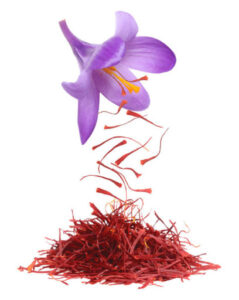
11 Impressive Health Benefits of Saffron:
- 1. A Powerful Antioxidant
- 2. May Improve Mood and Treat Depressive Symptoms
- 3. May Have Cancer-Fighting Properties
- 4. May Reduce PMS Symptoms
- 5. May Act as an Aphrodisiac
- 6. May Reduce Appetite and Aid Weight Loss
- 7. May reduce heart disease risk factors
- 8. May lower blood sugar levels
- 9. May improve eyesight in adults with age-related macular degeneration (AMD)
- 10. May improve memory in adults with Alzheimer’s disease
- 11. Easy to Add to Your Diet

